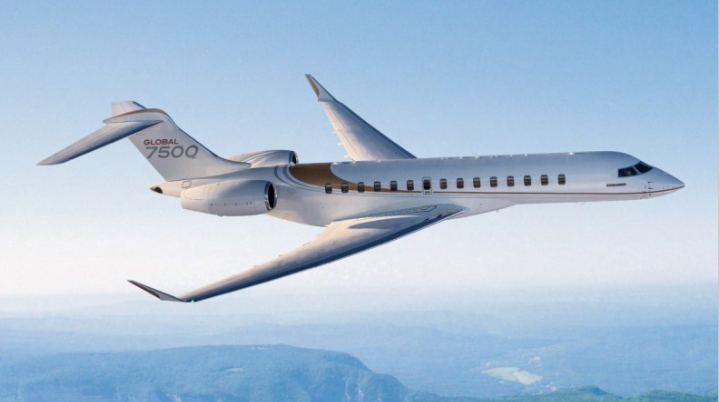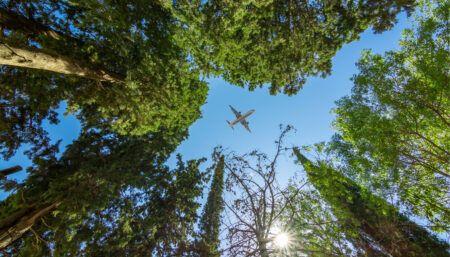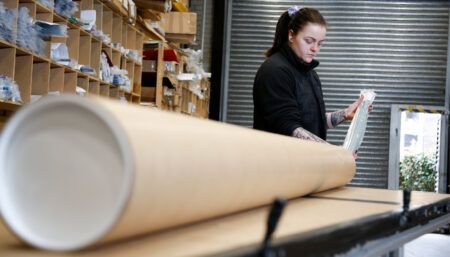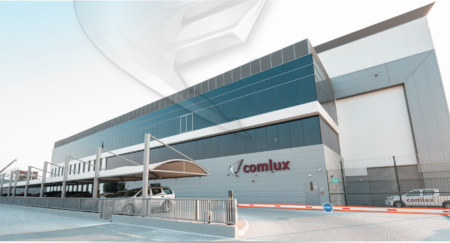Bombardier has completed analysis of the Global 5500 and Global 6500 in order to publish Environmental Product Declarations (EPDs) for two of its large aircraft. They join the Global 7500 aircraft and the Challenger 3500 aircraft as business aviation’s only EPD-designated jets.
Laying the groundwork
For over a decade, Bombardier says it dedicated a full-time internal team of experts to the development of standardizable key metrics, data gathering, validation and analysis over the course of a decade.
Bringing together industry players and 45 Tier 1 suppliers, Bombardier assessed 200,000 aircraft parts over the development of the Global 7500 aircraft program, gaining insights on the environmental impact of this business jet. This led to a third-party verified public report.
The Global 7500 aircraft became the first business aircraft to receive an EPD designation for this report in 2020 and was followed by the Challenger 3500 EPD in 2022. The holistic methodology was replicated in analyzing the Global 5500 and Global 6500 programs, where 280,000 parts were assessed.
Years in the making
“The publication of the Global 5500 and Global 6500 aircraft EPDs are the results of years of scientific effort,” said Michel Ouellette, executive vice president, engineering and product development at Bombardier. “These declarations are more than brochures: they are tools for the aviation industry to drive sustainable innovations across its activities spectrum, added Ouellette.
From a design perspective, the Global 5500 and Global 6500 business jets feature up to 13% better fuel efficiency than their predecessors, with redesigned wings and new purpose-built Rolls-Royce Pearl engines.
The high-speed transonic wing on these aircraft also cuts down on drag, reducing fuel burn, and lowering emissions. Bombardier also currently offers sustainable cabin material options for the interior of all aircraft.
“Bombardier has the influence and expertise to change the future of aviation,” Ouellette continued. “We made the decision over 10 years ago to tackle the industry’s most urgent challenge in the long run with our EcoJet research platform; in the short run by encouraging the increased use of Sustainable Aviation Fuels (SAF); and in the medium run by adopting a sustainability mindset when designing all our aircraft; before the first piece of sheet metal is cut.
Future learning
The data procured during in the development of Bombardier’s product life cycle analysis is available for the industry and the public to consult, all of which is available to view here.
Bombardier says its overall environmental, social and governance (ESG) plan also supports aspirations to achieve net zero emissions by 2050, by actively advocating for the adoption of Sustainable Aviation Fuels, enhancing aircraft recoverability and sustainable sourcing, improving energy efficiency in its operations, optimizing carbon offsets, and more.
“With our business jets EPDs, we have equipped ourselves with a comprehensive and replicable methodology to ensure environmental risks and impacts across our value chain are identified now, and effectively managed through our continuous innovation and improvement approach,” added Ouellette.





